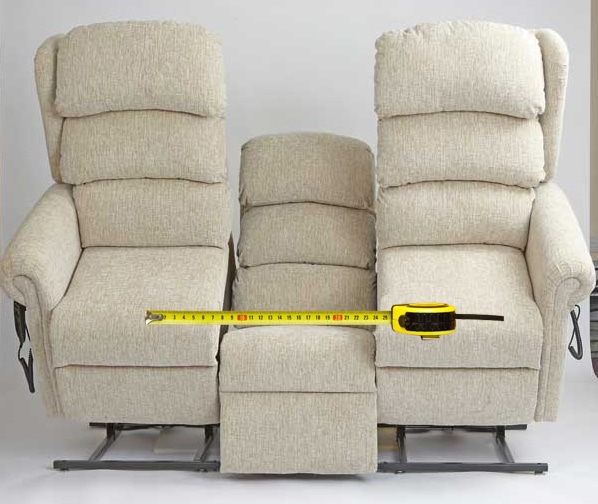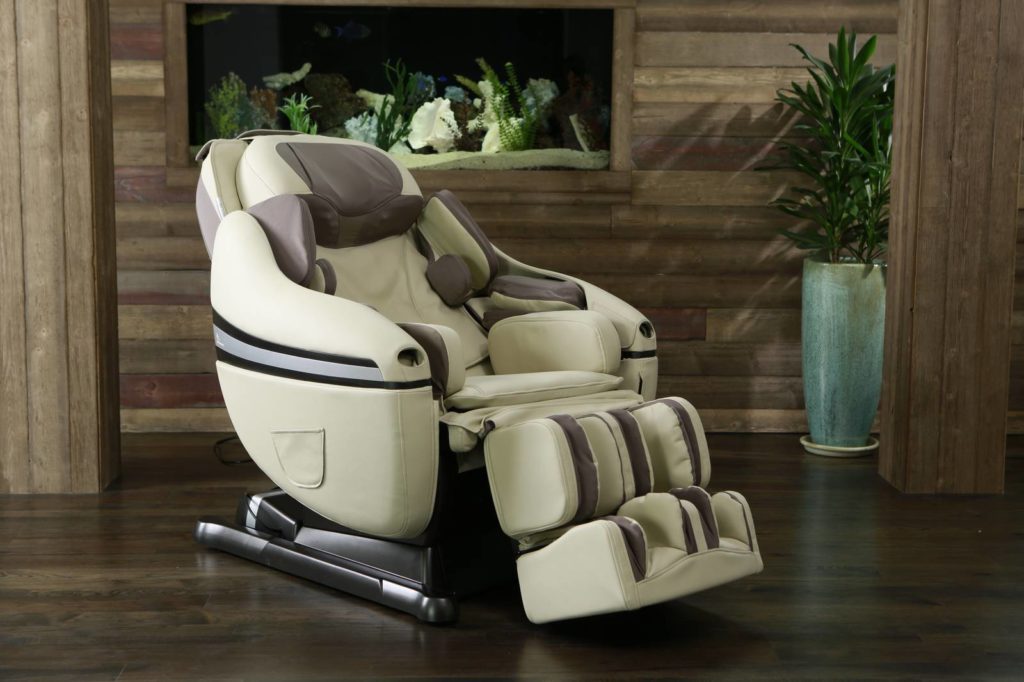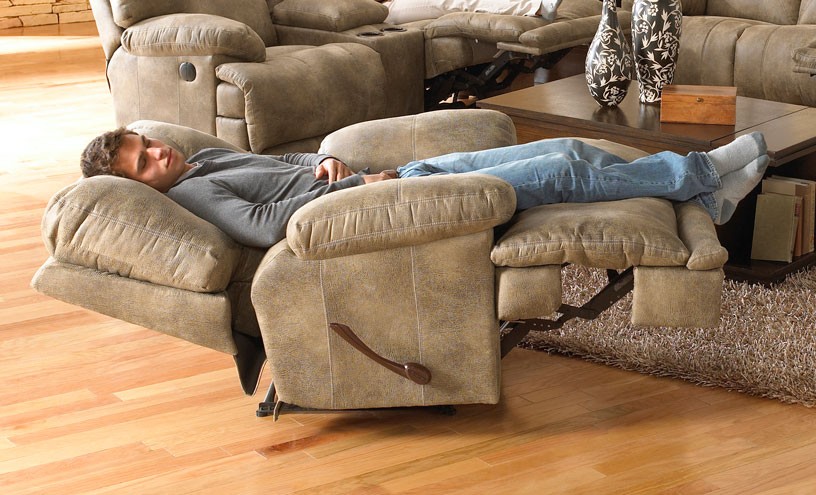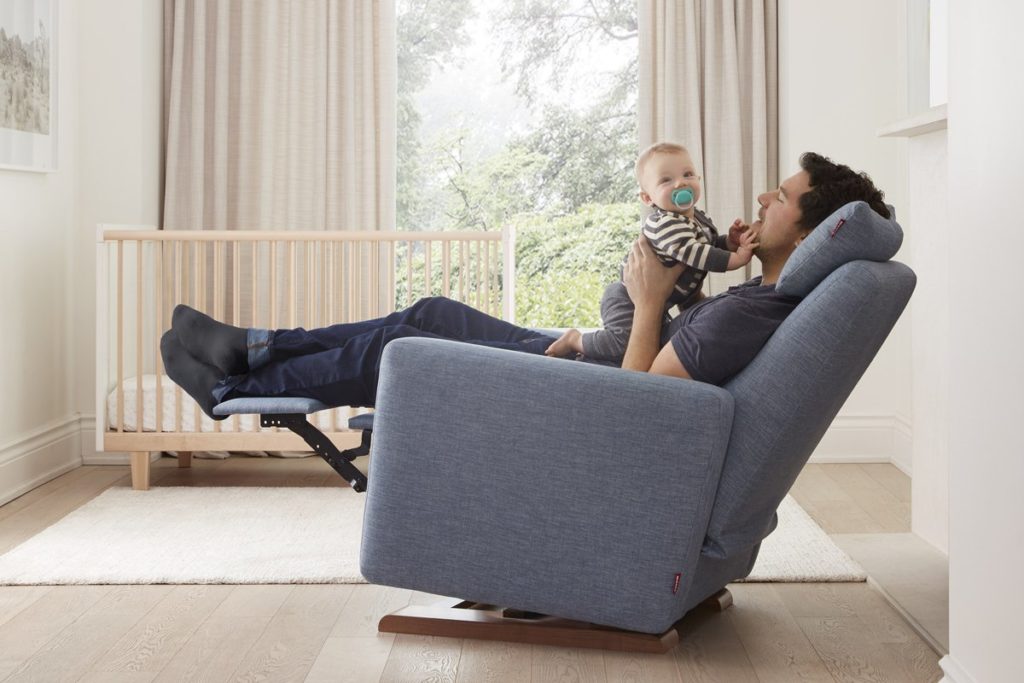



People all around the world are in love with their recliner chairs. They can provide great comfortability, can have added features that enhance the experience, and are overall suitable for many home and professional environments. Since there’s an abundance of recliners that are suitable for different purposes, many different people use them, and they use them often.
After some extensive use, your recliner chair can take a beating. As a result, your recliner may begin to lean toward one side or the other. If your recliner is leaning to one side or another, this can dampen your relaxing experience and should be a sure-fire sign that your recliner needs some fixing. Luckily enough, fixing your recliner’s leaning problem can often be an easy fix!
In truth, there are a few different reasons as to why your recliner could be leaning to the side. Figuring out the reason why your recliner is leaning will lead you to be able to feasibly fix the problem. On the other end, some issues may call for professional help. Circumstances working against your recliner, and worn out parts and components within it, can lead to a leaning recliner. These include:
If you’re going to be fixing your recliner chair in order to stop it from leaning to one side, you’re going to need to be equipped with the proper tools in order to get the job done. There’s a good chance that you already have some of these tools at home, but if not, they can be purchased at your local hardware store. The tools you need include:
As mentioned, fixing your recliner chair from leaning to one side can be pretty simple. Regardless, you’ll still need to carefully follow some instructions to get the job done efficiently. If you follow the steps listed below, you should be able to fix your recliner’s leaning problem in no time! The steps include:
There are some helpful rules that you should follow when attempting to fix your recliner. These rules are meant to keep you safer and help you get the job done in a more efficient manner. Even though these rules may seem obvious to some, they are still nonetheless important to point out. Rules when fixing a recliner include:
You may perhaps reach a point where you believe you’ve tried everything, but you still can’t seem to fix the problem. As mentioned, a lot of the time, the reason for your recliners leaning can be simple, making it a rather easy fix. In other cases, the problem may be too extreme for you to attempt to fix it yourself. Before calling a professional, always be sure to take a look at it yourself first, to possibly save yourself some money if the problem ends up being simple. Regardless, you may want to call a professional to fix your recliner when:
If you’re aware of the possible problems that could arise in your recliner after a bit of use, you can deliberately do some things now that will help to avoid these problems in the future. The key to a long recliner life is keeping it in good condition. Some tips to avoid future problems are:
There’s no doubt in the world that dealing with a leaning issue in your recliner can be annoying. When you get home after a long day of work and activities, you just want to be able to sit down and relax in your favorite chair without having to deal with any comfort issues. The good news is that your recliners leaning problem can often be an easy fix that you can do all by yourself. Before calling a professional, be sure to check for any of the common reasons for leaning issues listed above and try out the step-by-step procedure!





